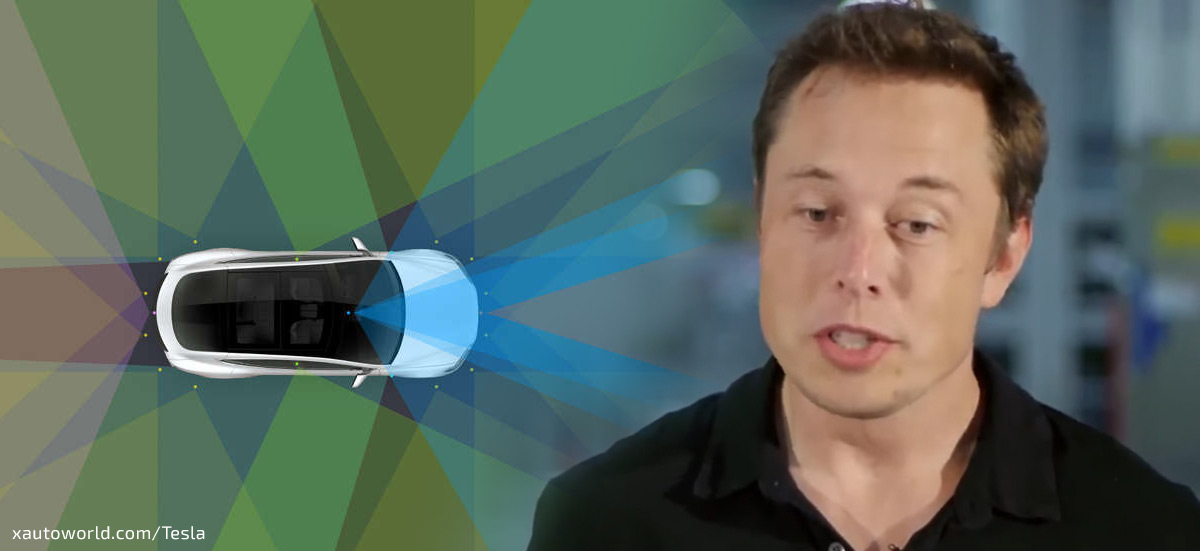
Transcript: Elon Musk’s Autopilot 2.0 Conference Call
On Oct 19, 2016 Tesla/SpaceX CEO, Elon Musk did a press conference about the release of Autopilot 2.0 release and gave out intricate details about the hardware and software of this level 5 self driving capability. Journalists from major media outlets asked him several questions and he replied in detail.
I thought it would be very beneficial to have a text version of this conversation at hand with some visuals along the audio/video in understanding your next Tesla vehicle and its features. You can scroll to the end of the transcript to listen to the audio version of the conference call.
Transcript
Elon Musk: Basic news is that all cars exiting the factory have hardware necessary for Level 5 Autonomy so that’s in terms of Cameras, Compute Power, it’s in every car we make on the order 2,000 cars a week are shipping now with Level 5 literally meaning hardware capable of full self-driving for driver-less capability.
So it’ll take us some time you know in the future to complete validation of the software and to get through required regulatory approval, but the important thing is that the foundation is laid for the cars to be fully autonomous at a safety level we believe to be at least twice that of a person, may be better!
So I think that it’s probably unexpected by most that it’s happening right now. So we are pretty excited about that, that’s also essentially part 2 of the Model 3 announcement which is that Model 3 will also have hardware necessary for full autonomy, infact all cars Tesla makes from here & now will have the hardware needed to be fully autonomous or driver-less, that’s where things are.
This is all Tesla Vision, this software, so we are not using any third-party software or anything forward for the vision processig, this is Tesla developed neural-net and yeah although it’s somewhat hardware independent we could potentially run this on Nvidia, AMD or Intel. We did pick in the Nvidia Titan GPU as the aimed chip for the neural-net, it was a pretty tight call between AMD & Nvidia but ultimately put Nvidia had the better hardware.
That’s I think pretty big news, with that we can go with questions.
Update: Looks like Elon made a mistake in the press call about the GPU, Tesla later corrected this information & will be using the more advanced Nvidia Drive PX 2 not the Titan.
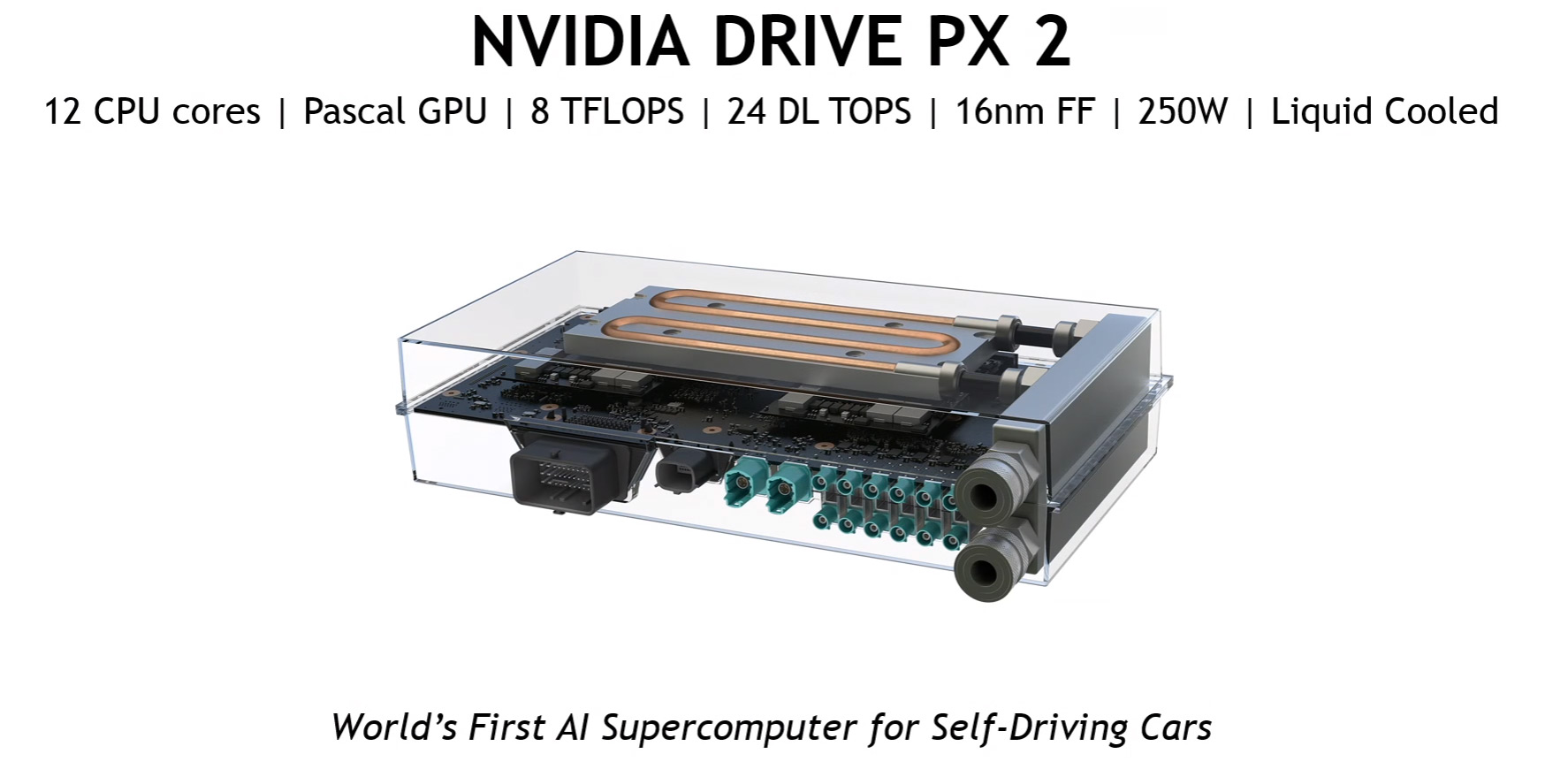
Q: Autopilot has proven very reliable thus far with minimal problems with safety but I am asking if Tesla will be offering indemnity against
crashes involving fully autonomous autopilot mode in much the same way as Volvo is promising to do when Level 5 Autonomy is activated on your vehicle?
Elon Musk: No I think it will be up to the individual’s insurance I mean just like if there is something demek to our design, certainly we would take responsibility for that but then you know I think what you do about autonomous parts like an elevator in a building , does Otis take responsibility for private elevators around the world? No they don’t.
So what really matters here is what is the absolute safety level? One thins is I should mention that’s been quite disturbing to me is the degree of media coverage of autopilot crashes which basically is almost none relative to the paucity of the media coverage of the 1.2 million people that die every year in manual crashes is something that I think does not reflect well upon the media, really doesn’t.
You really need to think carefully think about this because if in writing some articles that negative you effectively dissuade people from using autonomous vehicle, you’re killing people. Next question!
Q: How you see this rollout of autonomous features happening once these cars start to become enabled? The press release says the new features will become available bit-by-bit. How do you see that, we’re going to see full city driving straight away or more limited feature set?
Elon Musk: Yes, this is a new platform, although we’ve been spending more than a year in testing, the feature-set initially will be disabled say well at least for the first few months. The cars with hardware 2.0 which is full autonomous suite will actually have fewer features than cars with Hardware 1.0.
So we expect to reach feature parodies following field validation of hardware 2.0 probably in December (2016) so maybe two or three months from now. So for two or three months is actually hardware 1.0 car will be better than a hardware 2.0 car and then approximately every two or three months thereafter is when we expect to release significant improvement in autonomous capability.
I feel pretty good about this goal is that we will be able to demonstrate a demonstrtion drive of our full autonomy all the way from LA to New York. So basically from home in LA to let’s say dropping you off in Times Square, NY and then having the car parking itself by the end of next year (2017) without the need for a single touch including the charger.
Q: What is happening to autopilot in the vehicles with the new hardware, can you speak specifically that?
Elon Musk: The new hardware is what will enable Self-Driving which is different from autopilot, you know autopilot is a term been used for more than half a century as ‘flying assistant’ in aircraft for pilots, that’s why we chose to use it, it does not represent self-driving any more than autopilot makes an aircraft self-flying.
Q: So I am trying to understand that the autopilot which is been associated with your advanced assistant driver systems technology up until now, what happens to that system, what happens to that name if you will as you go forward with this new hardware? it’s not clear from the release & I just want to understand how you’re handling that?
Elon Musk: Yeah basically there will be two options for buying our cars, one is called Enhanced Autopilot which is kind of quite similar towards the Autopilot what we have been offering except it has redundant forward cameras and it has a left rear camera and a right rear camera as well as significantly improved Ultrasonic Sonar and much more computing power.
The net effective with enhanced autopilot you should be able to go from freeway on-ramp to exit as well as transitioning between multiple freeways & passing and maneuvring around the cars without touching anything.
Then there is Full Self-Driving capability which will take care of the much more complex situations in urban environments. There gonna be two options that people can pick in buying a car either basically an improved version of Autopilot or Full Self-Driving. So one has got 4 cameras the other has got 8 cameras (respectively). Yeah that’s sort of what will happen.
Now the Hardware 1.0 autopilot vehicles will continue to improve with improved software, with fleet learning as we accumulate more miles it will continue to get better & better but it is limited by the fundamental hardware that’s on the Hardware 1.0 cars in that there’s only one forward camera, the ultrasonic that half the range & resolution has the radar and so within the context of that sensor suite the Hardware 1.0 cars will continue to get better over time.

Q: Could you walk us through the differences between the hardware suite on the existing autopilot cars that are out there and this new suite, in other words you’re talking about more cameras other sensors range, could you just detail each of those changes?
Elon Musk: So we go from 1 camera to 8 Cameras and 3 of which are forward cameras so we ever done is redundancy in the forward camera, it’s so important looking forward and we have 360 degree coverage around the car so that’s a pretty big upgrade.
The compute power increases by a factor of 40 (40x increase in compute power), it’s such a gigantic increase in computing power, infact the computer is capable of 12 trillion operations per second, so basically a Super Computer in a car and then the ultrasonic sensors are next generation Ultrasonic Sonar which have about twice the range & resolution of the current sonar and that’s also 360 degrees.
There are also minor things like the GPS is more accurate & provides more frequent updates and the other some minor sensor improvements on the IMU (Inertial Measurement Unit) and few other areas.
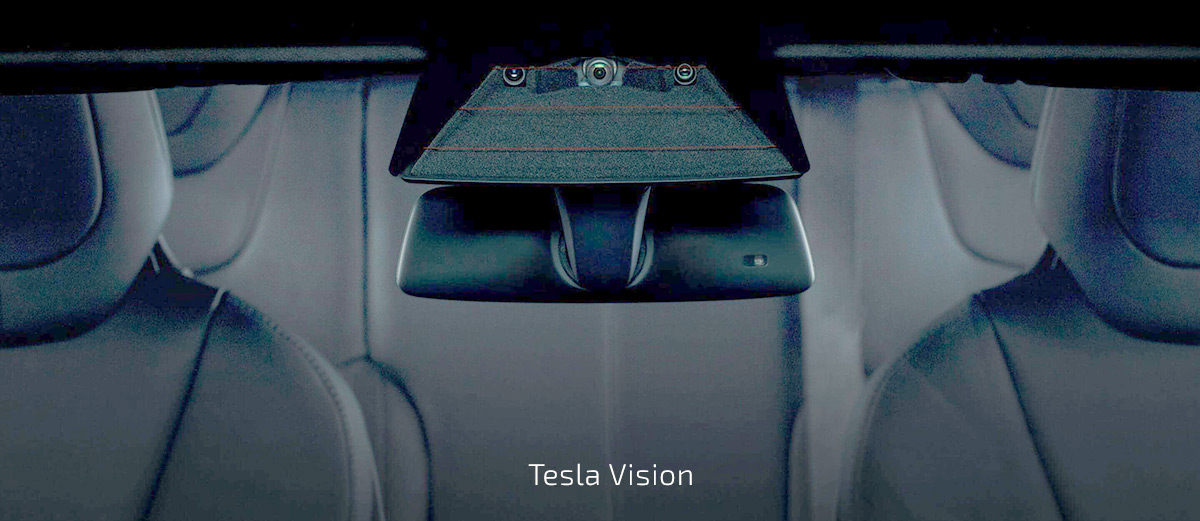
Q: Hey Elon, I am just wondering what are your thoughts on the regulations around this, is it going to be limited based you know in Texas you can do this and in California you can do that, it’s going to be different or you’re just going to say everyone everywhere can do it? what are you thinking on the regulatory set?
Elon Musk: Well it’s not up to us it’s up to the regulators and hopefully in U.S. things to not become vulcanized so that it’s different in every state, So I think that would be detrimental to the U.S. consumer. And I think in EU it’s like the confidence will be a uniform standard.
So it’s really a question of what the public thinks is appropriate, what your regulators think is appropriate and gathering enough data because the system will always be operating in shadow mode so we can gather a large volume of statistical data to show the false positives and false negatives, when would the computer acted and with that have prevented an accident or if the computers would have acted and that would have produced an accident.
We think that operating in shadow mode so we can send say when would it have incorrectly acted or not acted & compare that to what should’ve been done in the real world, that point which it is a statistically significant result that shows material improvements of the accident rates for many of the driven cars.
I think at that point regulators like to be comfortable approving it but that approval process really could be radically different from one part of the world to another, this is not something within our control.
Q: You talk about rolling new features every two to three months with the regulatory environment in the U.S. or the EU or wherever, hold you back from rolling out those improvements or will you roll them out and then you know ask forgiveness than permission if you think that it’s safer?
Elon Musk: Well I mean we’ve always rolled out our autonomous functionality within the regulatory framework of any given country, this is not a you know reading forgiveness of permission it’s what we look carefully at the regulations and make sure that what we do is in line with those. Yeah we can’t do anything other than that because they’re gonna blow.
Q: I am wondering, is this there now that you’re moving on to Hardware 2.0 and you’re going to keep working with Hardware 1.0, is there are point at which you can cut that you’ll reach a maximum of potential for Hardware 1.0 and then you need to you know the older will need to upgrade to the next to a newer car to get the full self-driving capability you offer.
Elon Musk: Self-Driving will definitely need Hardware 2.0 which is what we’re currently shipping out as of this week, it’s just because you can’t do this with one camera, you need 8 cameras for self-driving, you also need a lot more computing power to run the Vision AI.
The stock upgrading car with Hardware 1.0 is not realistic, you know it would be like in the car spinal cord transplant, not wise, so even if possible we would’ve avoided it but I should tell the people that have Hardware 1.0 cars should bear in mind that their car will actually have more functionality than a Hardware 2.0 car at least until December or may be later and it’s probably some time next year before the Hardware 2.0 functionality exceeds Hardware 1.0.
And there is also a higher cost for the autonomous functionality you know there is a higher price to pay for the full self-driving suite is $8,000 dollars as compared to Hardware 1.0 autopilot which is 3,000 dollars. It’s a painful price difference and the car with Hardware 1.0 will have more functionality for at least next several months.
I wish there was another way to do it, it’s just I don’t know how to go into all cars and install another 7 cameras and new wiring harness. We wish there was some other way but there isn’t, so…
Q: I was wondering if you plan on making this kit that other car makers could use?
Elon Musk: I think it’s very hard to turn it to a kit, because it requires a tight integration of software, sensors and computing power as well as the ability to do large scale over the air update. It’s not just a kit that you can add on to a car.
One thing we’ve also done with our system is if you really see some videos hopefully later tonight or tomorrow morning, demonstrating the cars, car’s operation but you actually can’t get it unless you look closely you can’t even tell that a car is Hardware 1.0 or Hardware 2.0 because we’ve been so careful about each of the cameras being a part of the frame of the car such that like nothing sticking out, nothing like this in no way makes the car ugly, so there are no weird protuberances, it’s all incredibly subtle. We put a lot of effort into not affecting the purity of the car, the car is as beautiful with hardware 2.0 as it is with hardware 1.0.
It’s not like a kit you can put in another car, not realistic.
Q: I was interested in your thoughts, if you can expand your thoughts a little bit about the safety issue, how statistics aren’t collected at how safe a car is, only how dangerous it is, so how do you communicate the idea that your semi autonomous cars are in fact safer.
Elon Musk: It’s not that difficult, I mean you know how many miles have been driven and how many deaths, serious injuries meaning like an unrecoverable injury or minor accidents for their outfit, there are many more sort of minor accidents yet and serious accident and there are fatalities that provide a much richer statistical sample set for comparing the relative safety of autonomy vs not-autonomy and we see consistently & significantly better results with autonomy than without and that just gets better over time as the system is further refined.
Q: I have a quick question about inclement weather and how has Hardware 2.0 has improved over Hardware 1.0? Anytime say there is potential for condensation or precipitation on the cameras tends to be a problem, how you dealt with that?
Elon Musk: Yeah there are heater element s on around on all of the cameras/sensors actually we had this on hardware 1.0 as well, this automatically heated up to prevent the night and then the positioning of the cameras is in a location where there’s unlikely to be such accumulation.
So the tripple cameras/all three forward cameras are in front of the rear view mirror and in the wipe zone of the car and then the sideways looking cameras in the B pillar they are so high up in the B pillar the pillar between the front passenger and the rear passengers and then there is the rear tools that’s the left-rear and the right-rear, those are nested in the side repeaters and so they’re out of the flow of the rain and what not.
The rear camera is located above the license plate but sort of tucked under, you actually have to look carefully to see any of the cameras but they’re all in places where it’s quite difficult for water and snow to accumulate. If one of them is blocked the system can actually tell that it has some opacity reduction and can look(ask) the occupant of the car to clean up the camera.
Q: You mentioned this is related to Model 3 & part 2 unveiling, I just kinda wanted to focus a little bit more of that and how it really applies to Model 3 and is this all gonna come standard on Model 3? Will there be a way to upgrade like there is now from what is included as far as software standard and what’s paid?
Elon Musk: Yeah the full autonomy hardware suite will be standard on all vehicles that Tesla makes from here on out. We’ll continue to make improvements and those improvements will affect the probability of an accident but we feel pretty confident that the hardware suite will be at least twice as good as people on average.
In the long term we want to try to attempt a 10x improvement and for that we require ongoing requirements of the hardware and let’s say something like a trick improvement would be pretty incredible I mean if that were the five* accross-the-board two cars to all the vehicles in the world, you go from 1.2 million deaths to 600,000 deaths, that’ll be a lot of life saved and not to mention all the you know serious injuries that happen that aren’t in the fatality stattistics, so I think this whole a lot of American trying to go from twice as safe to 10 times as safe.
But I should be clear that every car from now getting out will the full autonomy capability including Model 3.
Q: What kind of testing are you doing to be confident at each stage that this system is safe or is functioning enough to be confident to put it in there, because it’s difficult to come up with I mean maybe it’s not difficult, what sort of testing you do to ensure that these systems are working well?
Elon Musk: Yeah it’s actually not all that difficult, we thought of obviously testing with Tesla you know the Tesla QA team. We are testing initially on a closed track with our test engineers, they all broaden it to a very limited set of a kind of alpha users including me so I usually have the latest software update about it day after our QA team has it.
And I am personally testing each element of the car then it goes to a local early access program which about a thousand customers/distributors around the world who are technically savvy and don’t mind you know or want to use the early software cognitive of potential issues you know so many different environments throughout the world, it’s just not possible for QA team to cover them all.
If that’s looking good then we will roll it out initially in shadow mode through the whole fleet by Shadow Mode actually means that the car is not actually not taking any action but it’s registering when it would take an action and when it would not take an action and when you compare that to cases where let’s say some body had and accident but you look at the vehicle logs and say well if the car had been in autonomous mode that accident would’ve been avoided, okay obviously is a plus and you can also say okay the car would have send something that would have resulted in an accident in that case it’s in the shadow mode and then that’s an issue that needs to be corrected.
And then you get into statistics and use the calls for false positives and false negatives, you gather enough of those over time until there is clearly a statistically significant sample set and at the point which is unequivocal that turning on an autonomy feature would improve safety, that is the point at which we allow to act to actually take action before that we do not the computer to take action.
Q: Are you talking about the new Hardware 2.0 being Level 4 or Level 5 and just to be clear on Hardware 1.0 is there going to be any disabling that technology at this point or is it just continuing it to run?
Elon Musk: It will be Hardware 2.0 is capable of Level 5 autonomy, the hardware is capable of highest level of autonomy and Hardware 1.0 will continue to improve as we improve the software tat operates the car I mean with already with 7.0 it was unequivocally safer than manually driven cars and with 8.0 that has improved even more. So it would be crazy to turn-off something that is preventing accidents.
Q: Just quickly the 40x Super computer you describe is it separate from all the vehicle system technology or is it integrated with other vehicle technologies?
Elon Musk: It is isolated from the rest of the vehicle, so infotainment, entertainment, instrument panel, center-cluster anything from entertainment to web browsing is isolated from the vehicle control computer.
Huh, definitely dont’ want the car crashes results going to the wrong website !
Participants: hahahaha… Thanks !
Press Conference Audio With Visuals
Disclaimer: Although I have taken great care and spent significant amount of time preparing the transcript with attention to detail, there are chances of mistakes still, if you find any mistake please let me know by emailing to xautoworld[at]gmail.com
Done with Passion for Tesla by Iqtidar Ali (Tesla/Car Enthusiast, Web/UX Designer)
Last Updated: Nov 30, 2016 – Work Licensed only if attributed and linked back to this page.


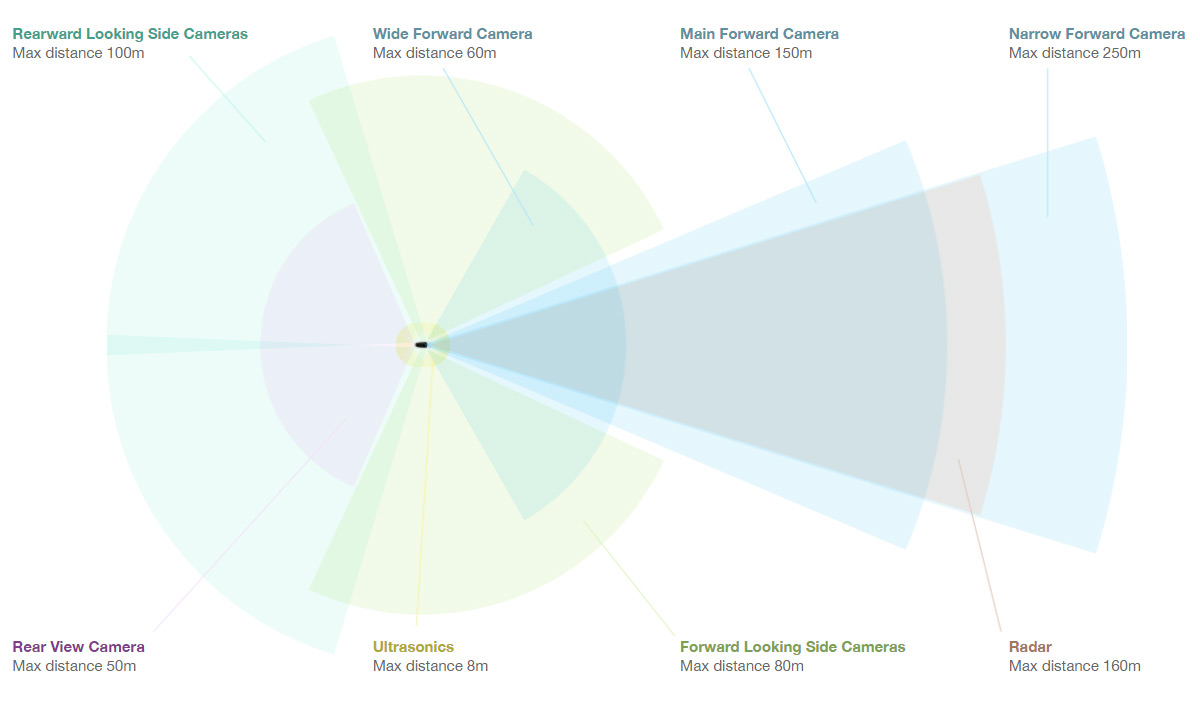
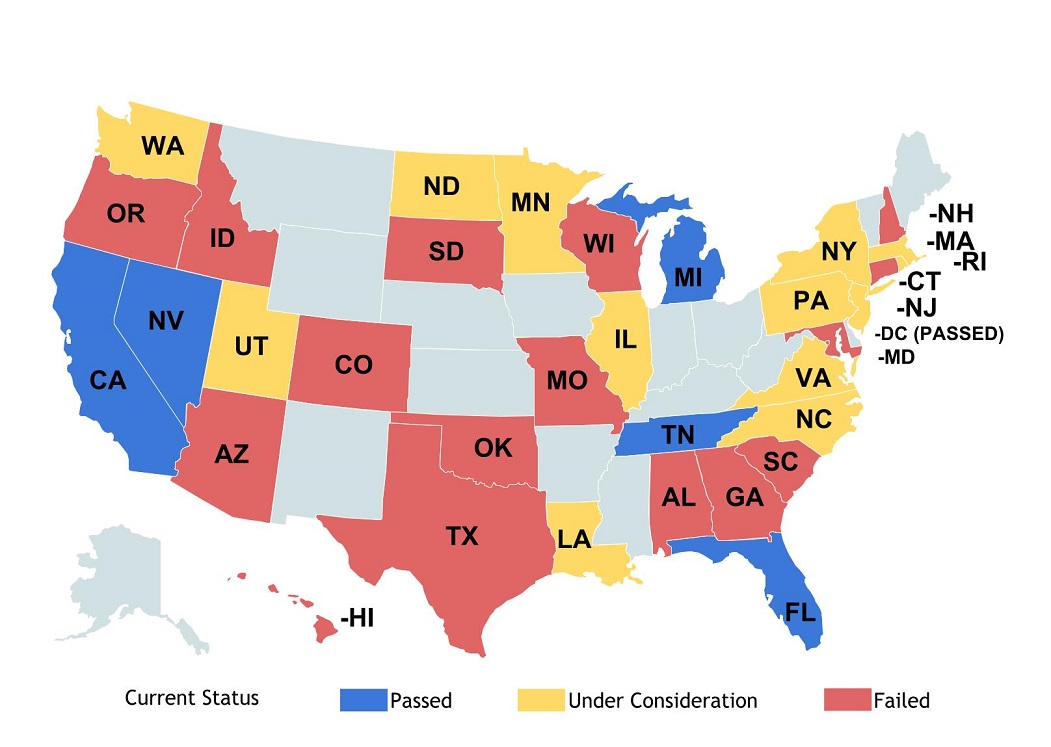
No Comments